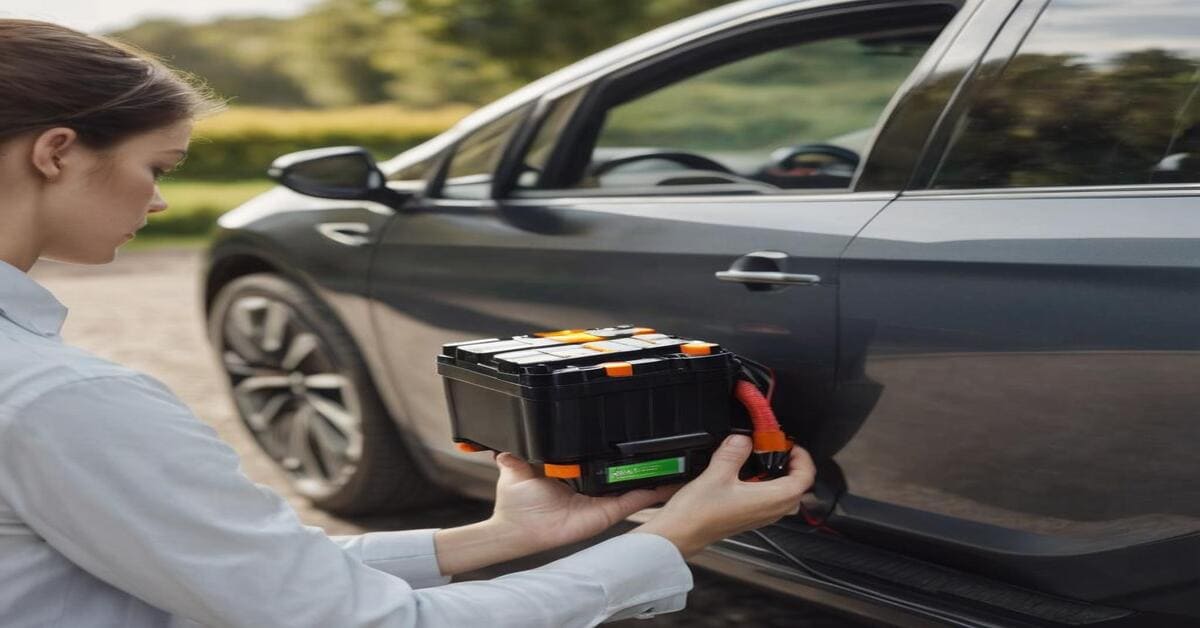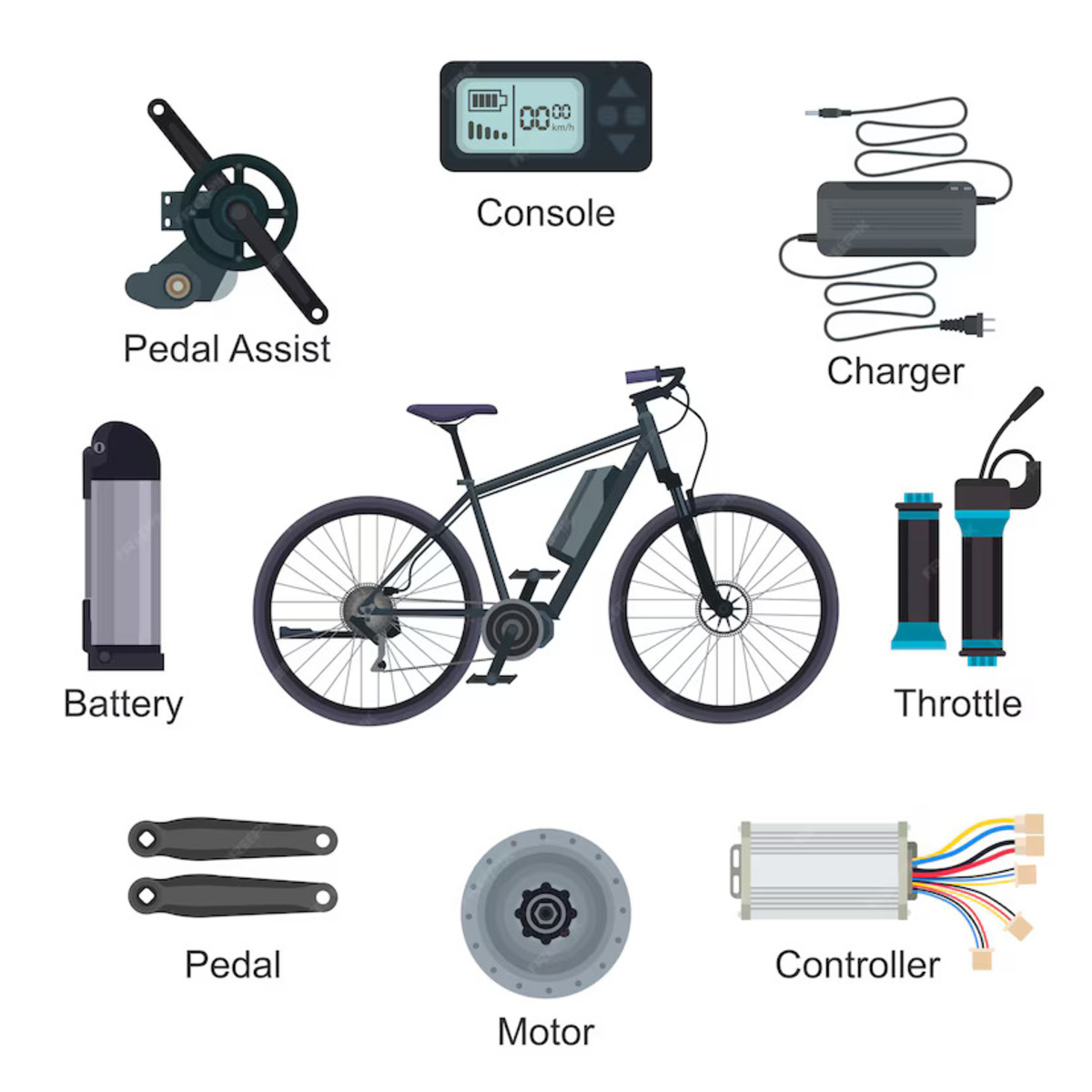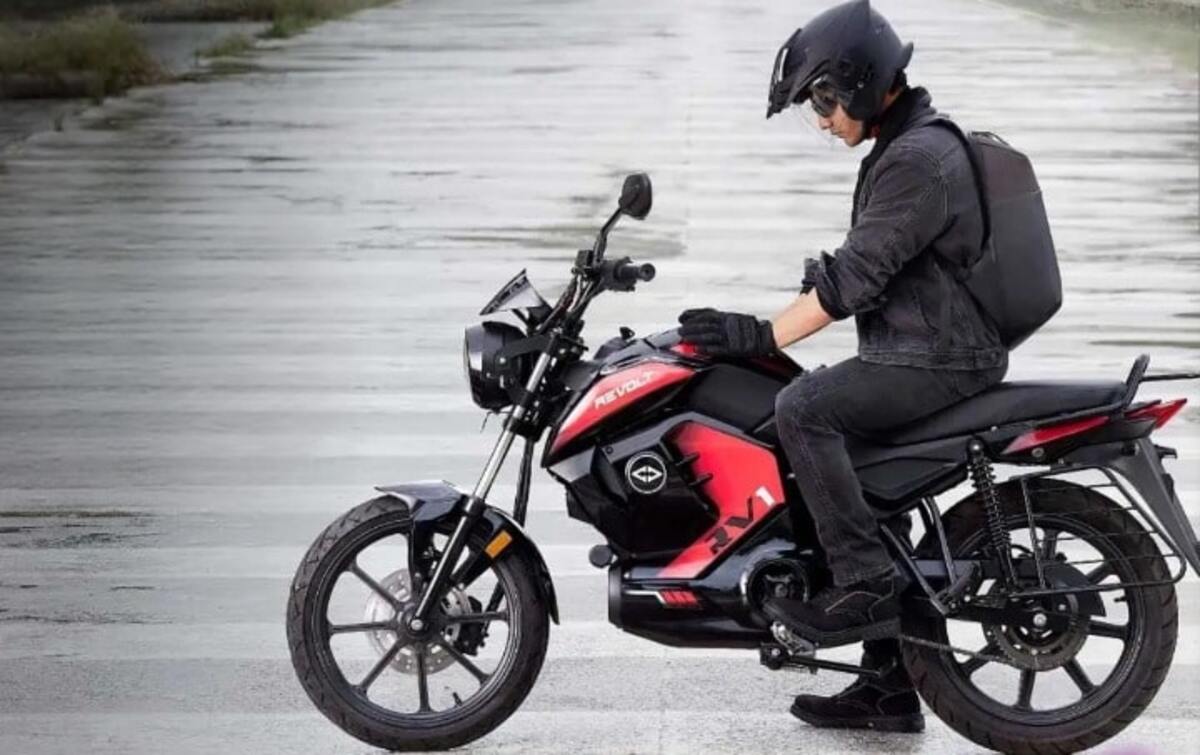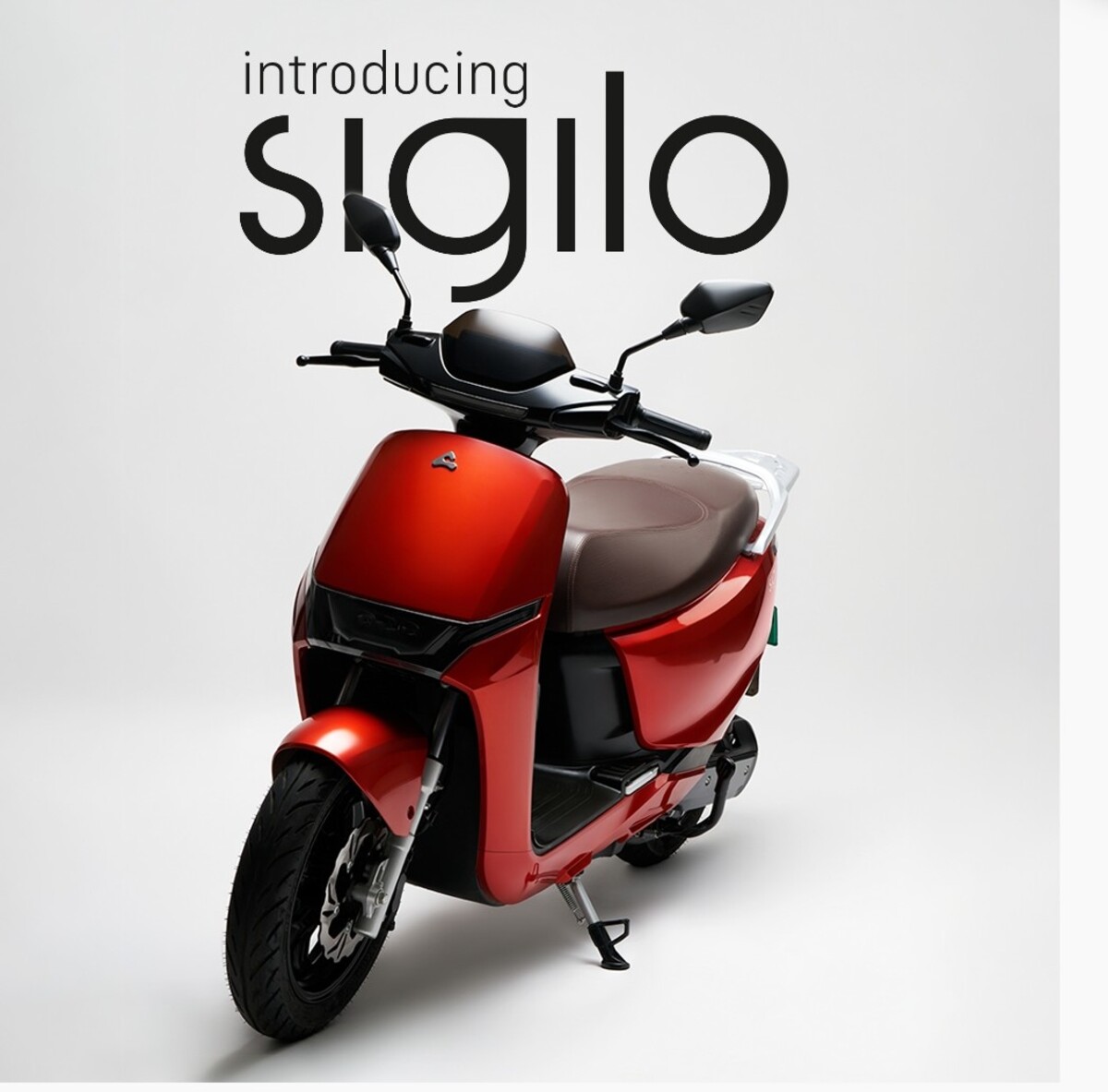EV Battery Swapping technology can make the life easy for EV owners as increasing number of Electric Vehicles and charging stations (Both AC and DC Public charging stations) can motivate users to go for EVs. With that both the government and the manufacturer are also making initiatives to encourage EV buyers. On top of that the government is providing incentives too to promote EV. Electric vehicles run on batteries. There are several batteries available in the market. But what will happen if you go to the office to attend a business meeting and your battery dies before reaching destination? Then you have to opt for the Battery Swapping.
We are talking about switching to swapping when your battery is not working. But before anything to know, we should know about it.
What Is Battery Swapping?
Battery Swapping or battery-as-a-service helps EV buyers exchange their discharged batteries with fully charged batteries at the swap station. This innovation has transformed the EV market. This technology fixes the user’s problem immediately and lessens the anxiety of EV owners. Battery swapping technology has opened wide gates, especially for those users whose concern about electric vehicles is ‘charging station and its time to charge the vehicle’.
Everyone who is planning to buy an EV in the future is looking to know more about the positive aspects of battery swapping. The Indian government aim for emission reduction can be fulfilled by the EV automobile sector. Battery swapping can play a vital role in boosting EV adoption.
Types of EV Battery Swapping Techniques
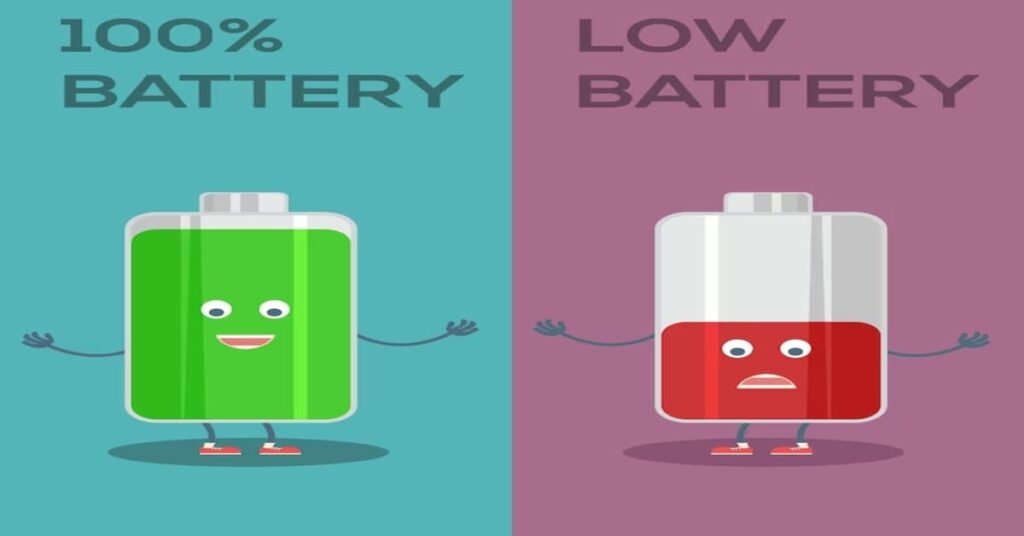
With the replacement of battery option, the dead batteries of electric vehicles are removed from the electric vehicles and fully charged batteries are fixed to run the vehicles. Swapping stations with power supply need to be installed. Trained workers should be available for swapping batteries.
There are two types of EV battery swapping techniques:
- Manual Swapping
- Autonomous Swapping
1. Manual Swapping
This is a station where the removal and fixing of the battery is occurred manually. The workers are supposed to remove the depleted battery from the vehicle and fix the charged battery. The manual swapping battery station does not require much space. It occurs only in two-wheelers and three-wheelers as their battery pack sizes are smaller and can be managed by one or two persons.
2. Autonomous Swapping
The autonomous Battery swapping process is completed by robotic cranes, so it does not take much time, approximately the whole process of changing the battery takes 5-10 minutes. The robotic swapping process is used for e-buses, e-trucks, and 4whellers as their battery-size packs are heavy and can’t be handled manually. This battery-swapping process needs more money to maintain a large infrastructure.
The Ministry of Road Transport and Highways (MoRTH) has permitted to sell and registered the electric vehicles without pre-fitted batteries. This initiative of the government will help to boost the EV market.
How Does The Battery Replacement Process Take Place?
EV owners go to any Battery Swapping Station. The car reaches on the floor and to get back the battery, the car gets a little lifted. A new battery is fixed in the car and connected to the vehicle. It is an automatic process. The car runs off the platform and is ready to run on the road. The dead batteries that have been retrieved from the car keep getting charged again.
When the battery is completely charged, it is ready for other swapping processes. The process of battery swapping is like the use LPG cylinder. You do not buy an LPG cylinder but pay for the gas that you use and then exchange it. In the same way, likewise in the swapping process, you do not buy a battery but pay for its use and exchange it once empty.
Characteristics of Battery Swapping
In battery swapping, the user asks an energy operator (a person who purchases batteries in bulk, charges them, and keeps them ready for the users) to replace the battery when it is working on the bottom level. He replaces the depleted battery with a charged one. Now it is ready to move on the roads. Battery swapping can be the biggest revolution in the EV sector as its demand will lessen the use of charging stations.
Let’s hunt for some more characteristics of Battery Swapping:
- Less Time Consuming
- Reuse the Discharged Batteries
- Reduces Range Anxiety
- Preserves Battery Life
- Effects on the Cost
Now lets discuss the above features in detail
1. Less Time Consuming
The procedure of battery swapping does not take much time, so it is a less time-consuming system whereas if you go to any charging station, it will take more time to charge your electric vehicle. The main motto behind Battery Swapping is to save the time of EV owners.
Fast and Easy Way to Swap Dead Batteries- Battery Swapping is the easy and fast way to recharge any electric vehicle than to get it recharged with electricity. It helps users to get back on the road swiftly.
2. Reuse the Discharged Batteries
Once your battery dies and you have swapped your dead battery with a charged battery in this case that dead battery plug-in to get it charged and ready to be reused.
3. Reduces Range Anxiety
If you go on a trip and you feel that your battery is about to die, switching the battery at that time can be a better choice as getting the battery charged again and again can worsen the battery. It not only reduces your anxiety but also makes your trip enjoyable.
4. Preserves Battery Life
One of the biggest advantages of swapping battery is that it lessens the cost and improves battery life. Battery Swapping increases the speed of a vehicle as more charging of the battery deteriorates its life.
5. Effects on the Cost
The batteries are considered the most expensive part of the electric vehicle and when the user has an option to buy an electric vehicle without a battery, he would prefer to go for it. Later battery swapping subscription can be taken which would help him to exchange the battery when it is depleted. Battery Swapping saves the user’s time as now he does not need to go to a charging station to get his battery charged. It would surely save users money too.
Challenges In Swapping
Battery swapping can be a game-changer for electric vehicles as it will improve efficiency in the EV ecosystem. It can present as an energy store. Every technology has its pros and cons so does battery swapping.
Let’s talk about the challenges that you can face during battery swapping:
- Investment and Infrastructure
- Lack of Space
- Availability of a Large Float of Batteries
- Compatibility
- Battery Care
1. Investment and Infrastructure
We should remember that charging stations of battery swapping work for their brand only. Several brands are introducing their electric vehicles; all are needed to open their swapping infrastructure as no one wants to exhibit themselves less. For this, a large amount is required to set up battery swapping infrastructure. The first and foremost disadvantage of battery swapping is the cost of building a swap station.
2. Lack of Space
If the battery swapping process occurs with a robotic crane, to set up, vast space with proper construction is required.
3. Availability of a Large Float of Batteries
The battery swapping process requires more batteries than EVs. Several fully charged batteries should be kept at swapping stations.
4. Compatibility
Compatibility is another problem that swapping stations may face. The battery in EVs should be standardized so that it would be compatible with other brands too otherwise swapping the battery would be more complicated.
5. Battery Care
There should be trained workers to handle and do battery swapping because when different batteries are used in different vehicles, it became a tough task to sustain the quality and range. (Capacity to run) Users may not be aware of the condition of the battery before and after swapping. Sluggish growth in any of the critical areas would be a bottleneck in battery swapping’s growth,
Battery swapping technology is available for all types of vehicles, yet it is more suitable for two-wheelers and three-wheelers because the weight of a two-wheeler battery is seven to twelve kg, a three-wheeler battery has eighty to one twenty kg and a four-wheeler battery weighs between two hundred to two fifty kg. Battery swapping technology may create problems in the future for heavy batteries.
EV Battery Swapping Solution Companies In India
Battery Swapping stations are one of the best alternatives to charging stations. This technology takes less time to charge EVs comparatively than charging stations.
Battery Smart, ChargeUp, Okaya Power Group, Lithion Power, Sun –Mobility, Ola Electric, Numocity Esmito, VoltUp, Race Energy, etc. are the battery-switching companies in India.
Among them, Battery Smart, ChargeUp, Lithion Power, and Okaya Power Group’s headquarters are in Delhi, and the main office of Sun -Mobility, Ola Electric, and Numocity is in Hyderabad. Esmito, VoltUp, and Race Energy headquarters are in Chennai, Hyderabad and Mumbai consecutively.
Cost Of Establishing a Battery Swapping Station In India
The total cost of establishing a battery swapping station can vary on many factors like the size (small or large) of batteries, the location of the swapping stations, and problems faced while replacing batteries. Small batteries are exchanged manually so the cost gets less whereas the large batteries of four-wheelers are swapped by the robotic process, so their costs get high.
You may also read:
10 Recycling Lithium-ion Battery Companies in India
Recycling of Electric Vehicle Batteries
12 Effective Tips for the Maintenance of Electric Vehicle Batteries
Batteries For Electric Vehicles
Top 10 EV Battery Manufacturers In India
How Fast Charging Impacts Electric Vehicle Battery
Conclusion
Although there is no doubt that electric vehicles are an edge over fossil fuel vehicles and going to be a main force of future mobility even for long distances, some people do not prefer electric cars especially if they have already faced some issues with real examples. In response to such issues, new technologies are introduced to overcome such problems, and battery swapping is one of them. The more battery swapping advances, the more preferable it is to use. Battery swapping technology not only saves the time of the user but also provides maximum benefit for driving an EV. With so many advantages of this technology, the Indian government’s goal to make India an EV hub will be successful soon.
